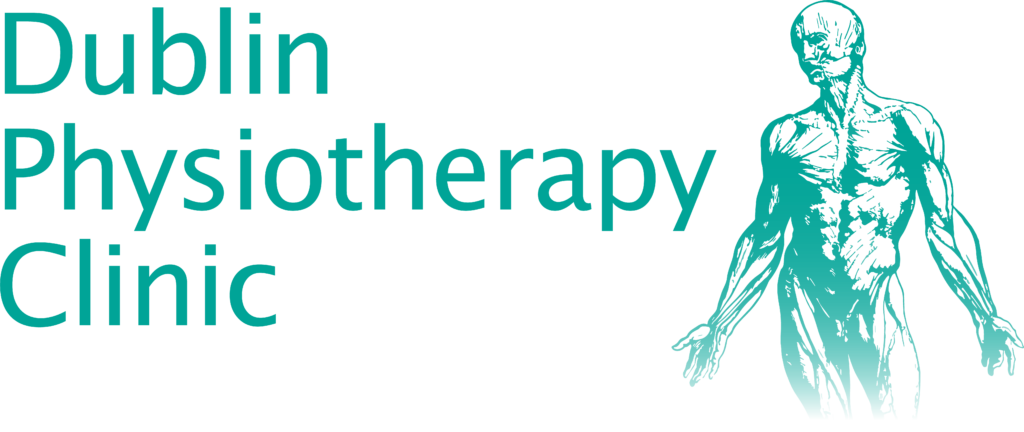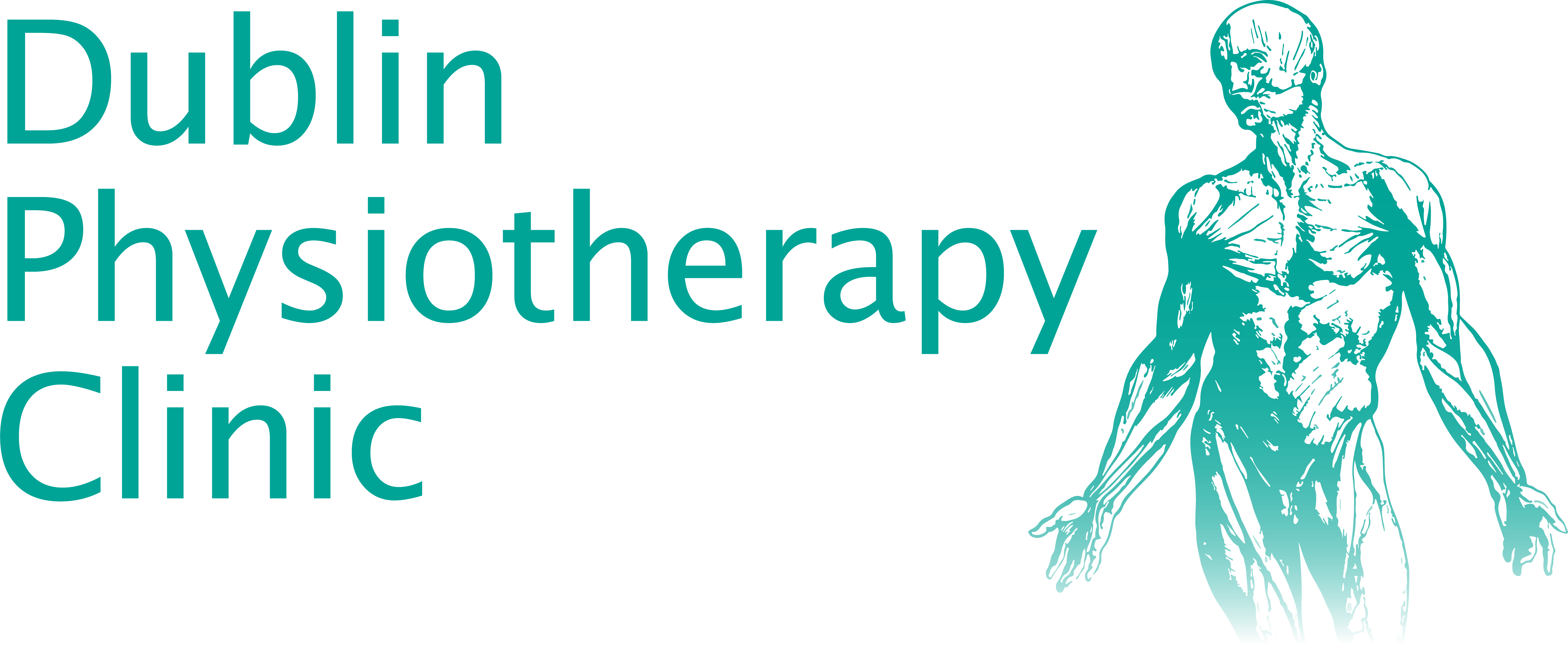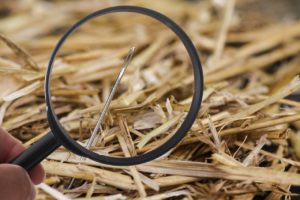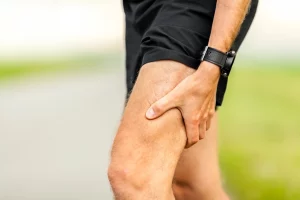In this week’s vlog, physiotherapist David Fitzgerald explains the symptoms and causes of degenerative disc disease, also known as intervertebral disc disease. As always, David gives a very detailed insight about the problem, explaining what the possible causes that lead to it are.
Most people are familiar with disc problems, however the most common are usually related to the disc bulging, leading to much more serious problems, including sciatica, a disease caused by problems that specifically affect the sciatic nerve. This problem, however, only affects a small proportion of people and, as David says in the video, usually patients are clinically differentiated according to the different stages of this degeneration and whether there is an actual prolapse, which puts constant pressure on a nerve, causing continuous pain. One of the worst consequences of this problem, which occurs when the nerve is badly compressed, is loss of power in the legs and loss of reflects, indicating that the situation needs immediate action to be taken.
How to differentiate between the two?
This type of pain, however, is not related to any problems that directly affect the disc, but by the direct pressure of the disc on a nerve. That represents only 10% of the total of patients who suffer from back and sciatic pain. The remaining percentage of people usually suffers from problems that can be managed in a simpler way, of course depending on where they place themselves on the scale of severity.
When it comes to establishing what the severity of the disc problem is, clinicians usually ask the patient if they suffer from pain in the leg and, if so, where on the scale of severity this is. As professional clinicians, at Dublin Physiotherapy they are able to distinguish between the pain caused by a damage in the disc and the one caused by a compressed nerve.
The first question asked when a patient is believed to be suffering from nerve compression is “how severe is the compression? Does it need immediate surgical decompression?”.
Patients who suffer from disc diseases, on the other hand, present such symptoms as intermittent nerve irritation, in other words when determinate positions or activities can give relief or increase the pain. If the bulging is less severe and it doesn’t result in the pinching of the nerves near the disc, then it’s possible to get relief from the disc, which essentially gets inflamed with certain movements and positions.
What are the treatments based on the severity of the problem?
Once the patient’s level of pain is identified on a scale of severity, the clinicians have to establish what the best therapy would be. Depending on the severity of the problem, it’s possible to decide if the patients are suitable candidates for physiotherapy. The kind of treatment that can be done mainly depends on what’s the position that causes pain to the patient.
If the patient’s pain usually starts after being sat in their car for a while, then it’s worth considering if it’s that specific angle and position that causes stiffness in their back and possible disc damage. So, usually, the procedure starts with identifying what position causes excessive stress on the spine and what can be done to fix the problem. In some other instances, it’s also worth considering to evaluate what’s the muscle control around the spine, making sure that the muscles function well in supporting the spine because, if that’s not the case, then the spine and surrounding joints don’t have the support required for them to function properly. Both these issues can be treated with manual therapy and the expert hands of a professional clinician can bring almost immediate relief to the pain, redistributing the pressure across the spine.
What are the situations that can put the disc at risk?
There are a number of situations and positions that can put the disc at risk of excessive pressure. In order to help his viewers avoid developing any of these problems, David offers some of his expert advice in the end of his video. Sustained bending can stress the disc, so when we bend over and hold that position we put our back’s correct functioning at risk. That causes an increase in the pressure in the disc, which could lead to inflammation. People, however, especially f they’re individuals who work as manual labourers. David suggests that, rather than not bending at all, people understand how to bend properly. With the help of a specialist, it’s possible to correct posture problems and learn how to move in the correct way in order to avoid any damage and pain.
Make sure you watch David’s video for more details about Degenerative Disc Disease and check out the old posts about low back pain more in general!




